Discover More Topic Guides
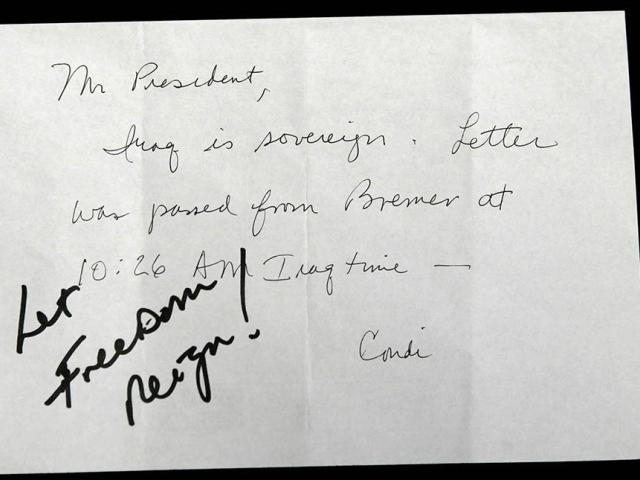
The Iraq War
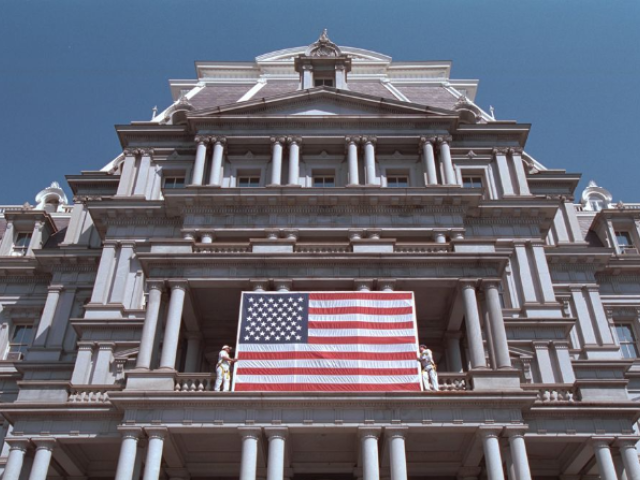
Executive Office of the President
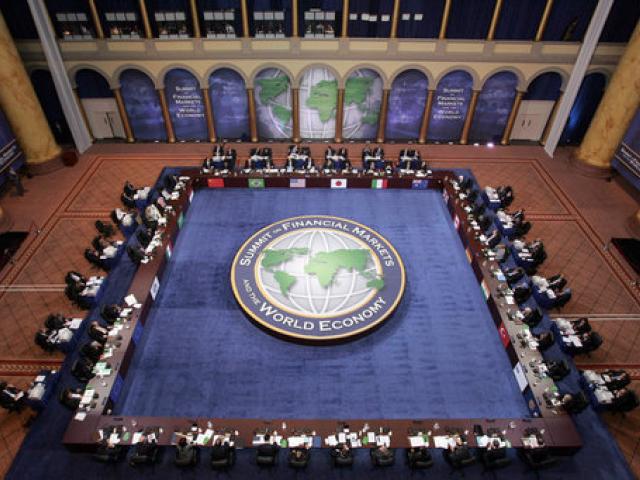
International Trade
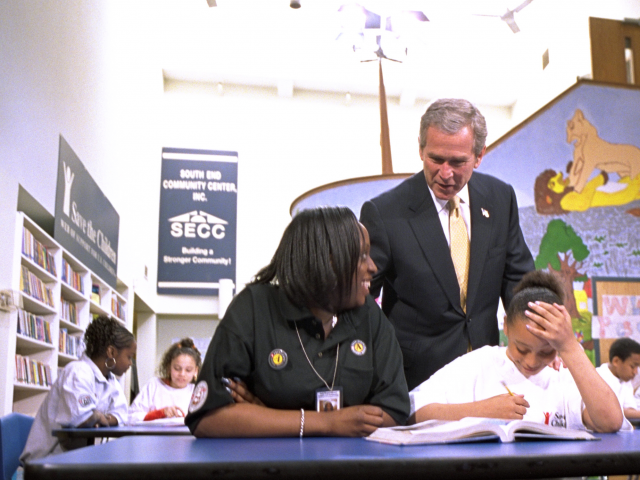
USA Freedom Corps
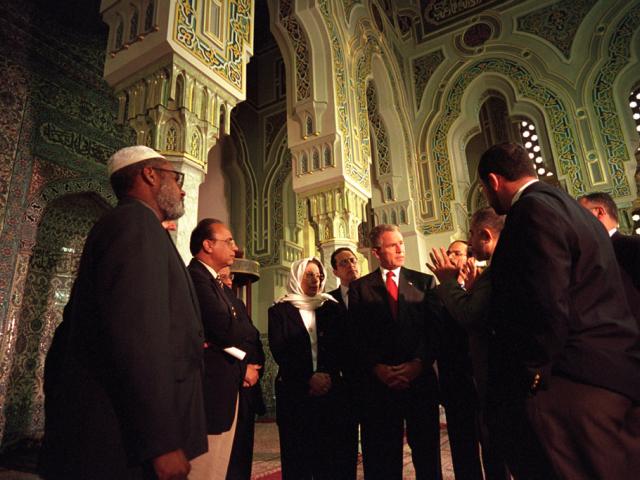
Office Of Faith-Based And Community Initiatives
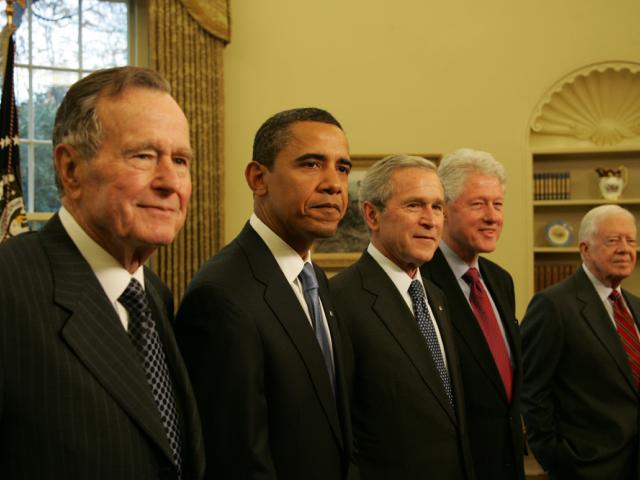
The George W. Bush Foundation owns and operates the George W. Bush Presidential Museum. For tickets go to https://www.bushcenter.org/
Hurricane Katrina was one of the deadliest hurricanes to hit the United States. An estimated 1,833 people died in the hurricane and the flooding that followed. Millions of people were left homeless along the Gulf Coast and in New Orleans. Hurricane Katrina caused approximately $161 billion in damage, and is the costliest hurricane on record.
On August 23, 2005, a tropical depression formed over the Bahamas, and became Tropical Storm Katrina on August 24, 2005. The storm made landfall in Florida on August 25 as a Category 1 hurricane, then moved into the Gulf of Mexico where it intensified into a Category 5. When it made landfall in southeast Louisiana on August 29, 2005, Hurricane Katrina was classified as a Category 3, with recorded wind speeds of 140 miles per hour. The hurricane then tracked east and devastated communities in Alabama and Mississippi.
New Orleans experienced wind gusts of up to 100 miles per hour and extensive flooding after levees in the city were breached by flood waters. By August 31, 2005, 80% of the city of New Orleans was underwater.

President George W. Bush gave a speech from the White House on August 31, 2005, in which he described relief efforts. On September 2, 2005, the President visited affected areas in Alabama, Mississippi, and Louisiana. The recovery would take years, President George W. Bush noted in his August 31 speech. However, he also emphasized that he believed recovery was possible:
The folks on the Gulf Coast are going to need the help of this country for a long time. This is going to be a difficult road. The challenges that we face on the ground are unprecedented. But there's no doubt in my mind we're going to succeed. Right now the days seem awfully dark for those affected -- I understand that. But I'm confident that, with time, you can get your life back in order, new communities will flourish, the great city of New Orleans will be back on its feet, and America will be a stronger place for it.
At the three-year anniversary of Hurricane Katrina in August 2008, near the end of President George W. Bush’s second term, relief efforts were ongoing. At that time, the federal government had committed more than $126 billion to Gulf Coast rebuilding, and had appropriated $12.85 billion to repair and rebuild the New Orleans levees. The Department of Education provided $2 billion in grants to schools.
For a more complete guide of the archival records that are open for research, please download the Archival Research Guide:





